Update: We wrote a book!
The Art of Activism: Your All Purpose Guide to Making the Impossible Possible
Here, in dazzling red and black words and pictures, is an all-purpose guide that shows how to bring about effective social change by combining the emotional power of the arts with the strategic planning of activism. Join the co-founders of the Center for Artistic Activism as they draw lessons from pop culture and mainstream marketing, delve into explorative teachings on ethics and evaluation, and set out the promises and pitfalls of the creative process and utopian thinking.
The Art of Activism brings together the authors’ extensive practical knowledge—gleaned from over a decade’s experience training activists around the world—with theoretical insights from fields as far-ranging as cultural studies and cognitive science.
From the United Farm Workers’ boycott movement in sixties’ California to a canal-side beach in present-day Saint Petersburg, these pages are packed with contemporary and historical case studies that have been shown to work in practice.
In addition, the accompanying workbook contains fifty expertly crafted exercises to help you flex your creative imagination and hone your political tactics, taking you step-by-step toward becoming the most persuasive and impactful artistic activist you can possibly be.

The Reading List:
These texts helped influence our perspectives, curriculum, and approach. We share them with you so you can dig deeper into some of the concepts, histories, and theories we draw from.
Please Note: At the Center for Artistic Activism we’ve examined a wide range of field. Some of these books we adore from cover to cover, while others we disagree with entirely. With some we admire the ideas, but not the subject matter or the author. However all the research material we seek out has challenged us to make better work and we found these texts to be a useful starting point.
If you have suggestions you’d like us to consider adding to the list, contact us.
Poetry is Not a Luxury
from Sister Outsider by Audre Lorde
A non-poem by the great poet about the importance of culture and creativity in allowing us to reach places that our socialized minds tell us we can’t.
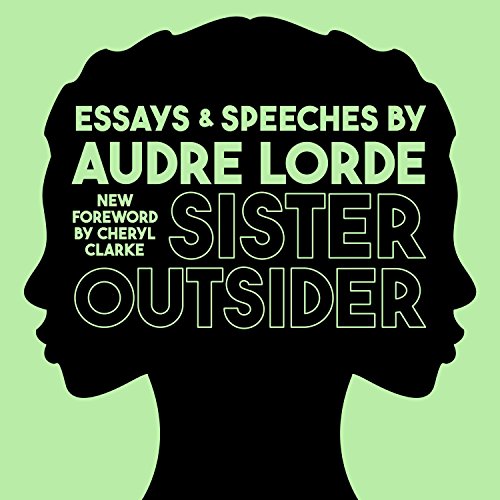
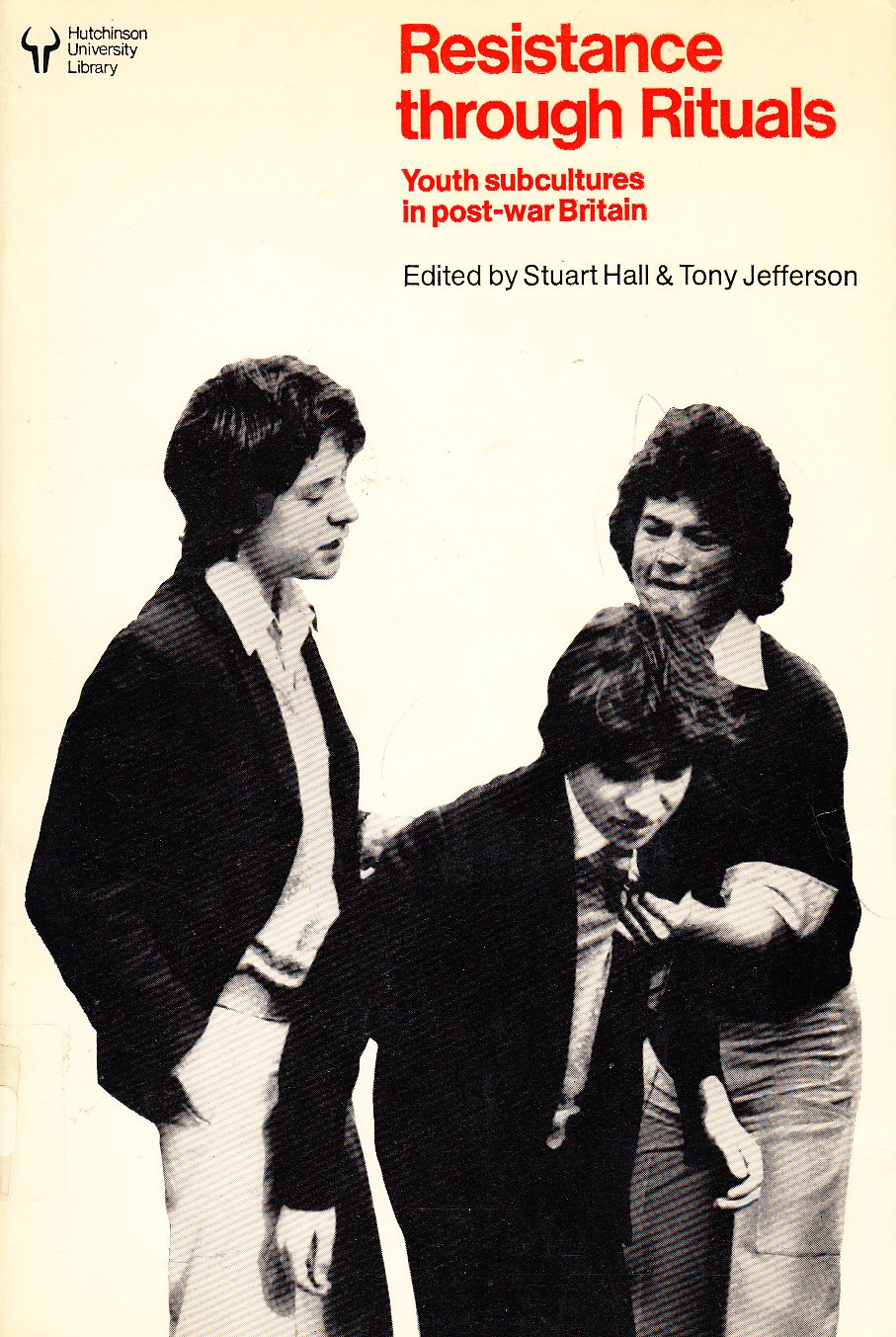
Resistance Through Rituals: Youth Subcultures in Post-War Britain
Edited by Tony Jefferson and Jamaican sociologist Stuart Hall. Looking for rebellion in unlikely places: punk rock, reggae, skinhead culture.
Beyond a Boundary
by C.L.R. James
Memoir of the great Caribbean intellectual on his love for cricket: an Imperialist game that, ironically, made James an anti-Imperialist.
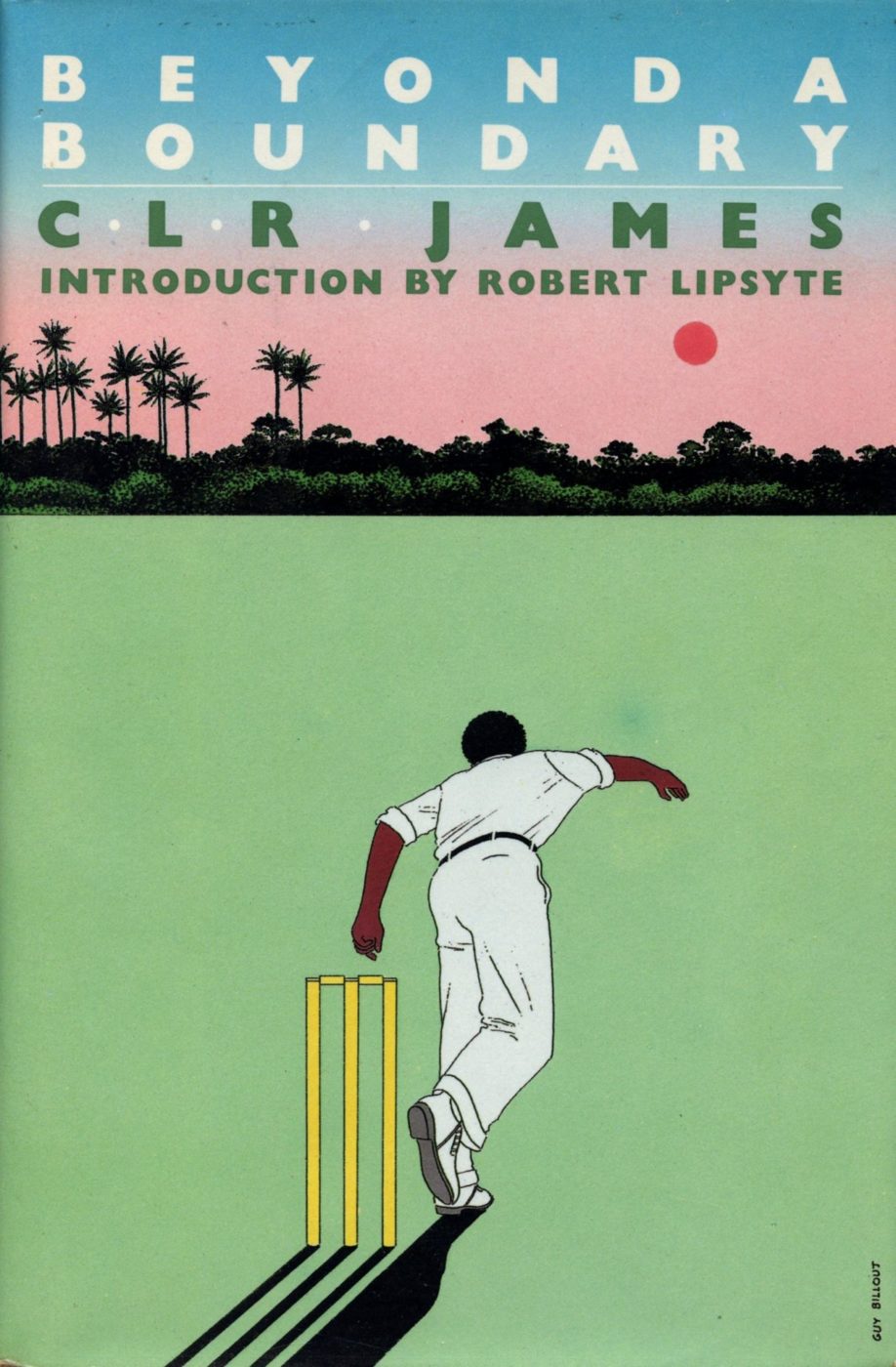

Prison Notebooks
Stuck in a fascist prison, Gramsci thought and wrote about organizing and the role of culture in politics. A bit cryptic, but full of invaluable insights.
The Politics of Aesthetics
by Jacques Ranciere
Useful discussion from a contemporary philosopher on the different ways that art can be political, from reflecting the world to rearranging our very sense of it.


The Cultural Resistance Reader
Edited by Center for Artistic Activism’s Stephen Duncombe
All you’ll ever want to read about Cultural Resistance in one convenient place.

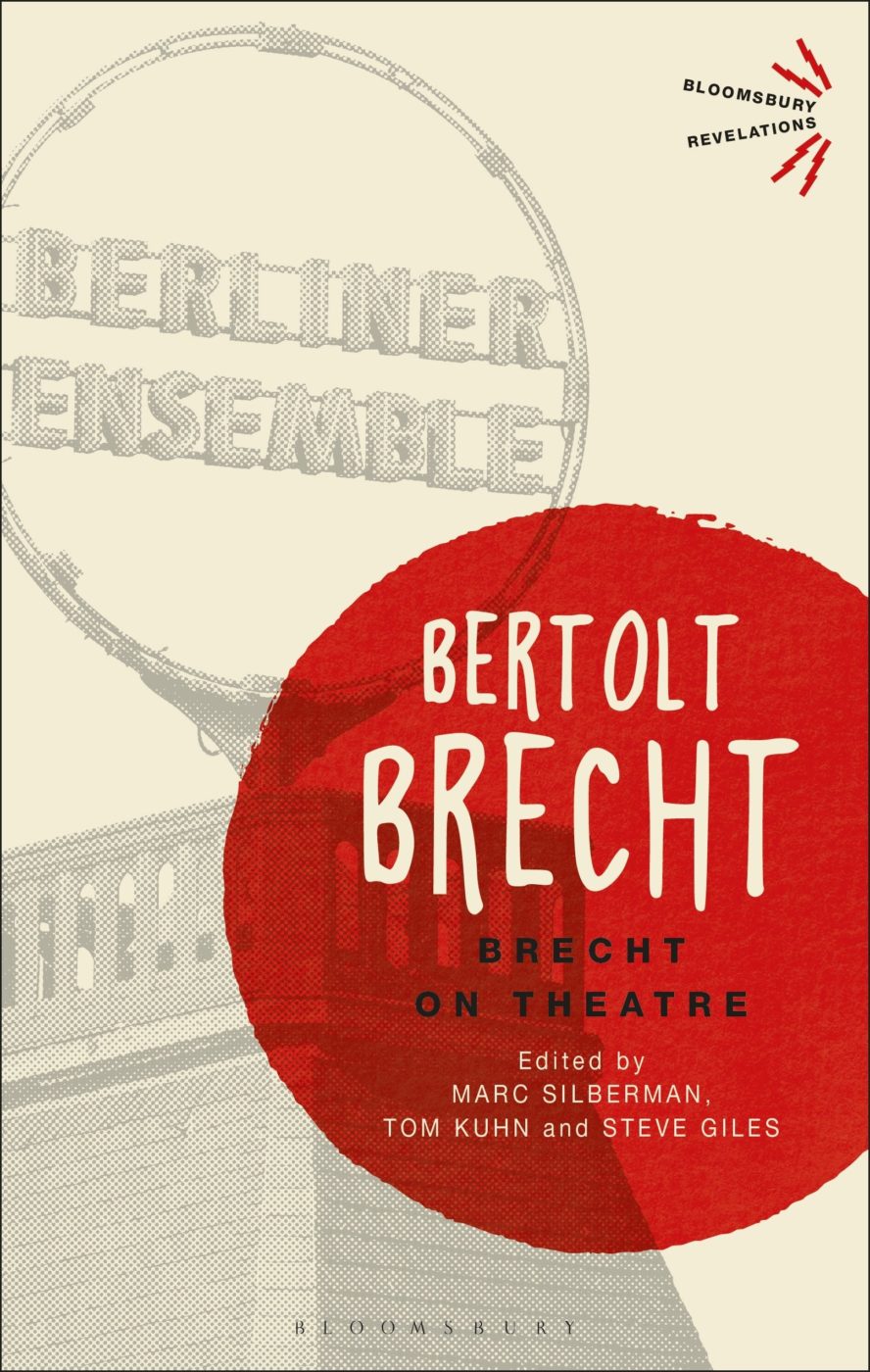
Emphasis on Sport
by Bertolt Brecht
from Brecht on Theatre: The Development of an Aesthetic.
The radical playwright’s advice to his fellow artists that if they want to have an impact they they need to make their art more fun… like soccer.
“Introduction” from Rabelais and His World
by Mikhail Bakhtin.
What does a Soviet literary scholar writing about a medieval French writer have to do with activism? One word: Carnival! A great meditation on the subversive quality of laughter and spectacle.

A People’s History of the United States
by Howard Zinn.
Classic overview of US history from the perspective of those fighting the powers-that-be.

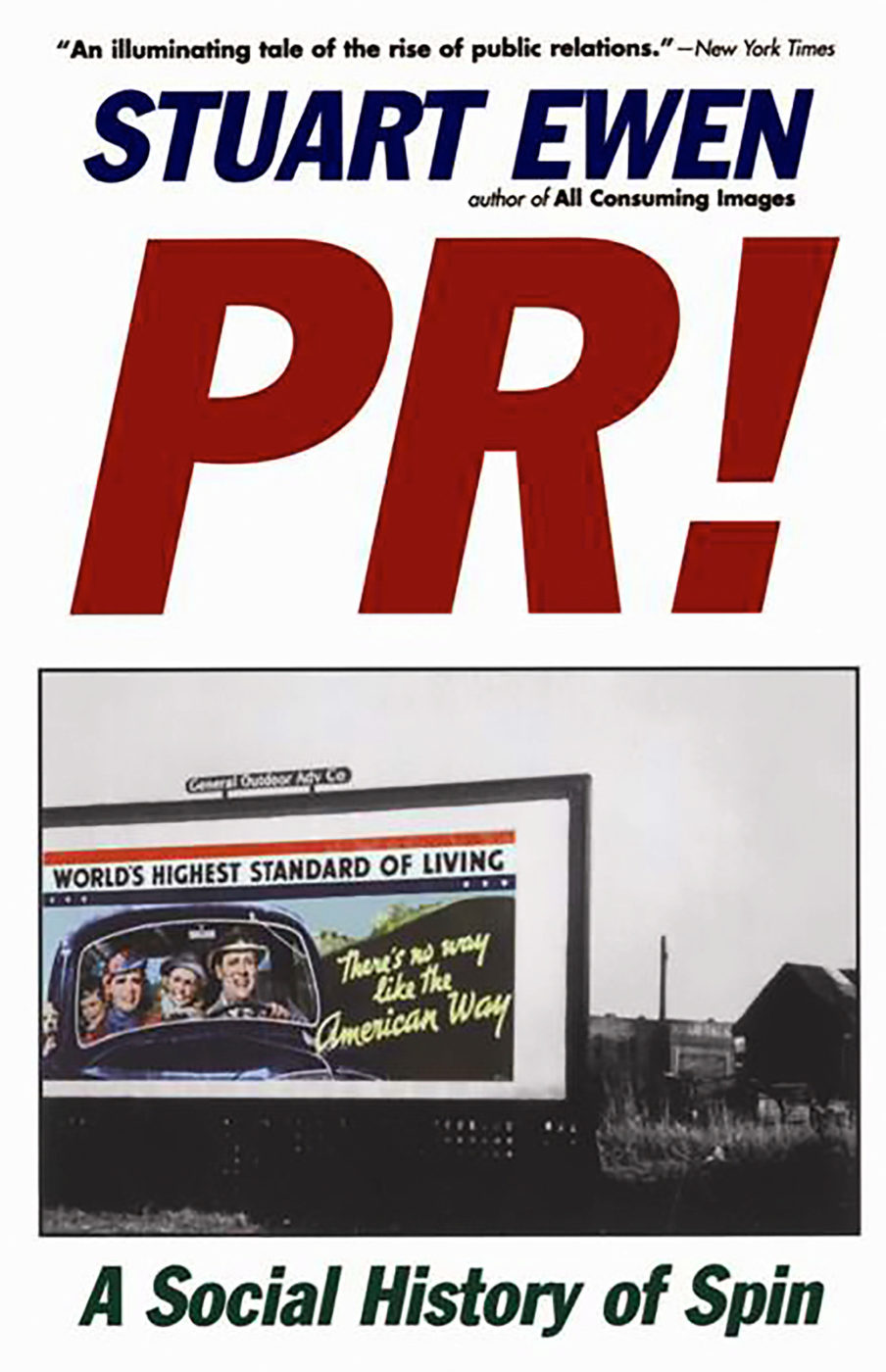
PR! A Social History of Spin
by Stuart Ewen.
Ewen, an historian of advertising and Duncombe’s mentor, looks at how story, spectacle, and performance was used by corporations and marketers, as well as progressives, in the early 20th centrury. We can learn from them all.
Political Process and the Development of Black Insurgency, 1930-1970
by Doug McAdam.
A great history of the Civil Rights movement, making the point, among many others, that the movement understood the power of performance.


Hitler and the Power of Aesthetics
by Frederic Spotts.
A sobering reminder that arguably the most successful artistic activists of the 20th Century were the Nazis. Arts and activism is a powerful combination, and ethics are always important.
Re/Search: Pranks
Edited by V. Vale and Andrea Juno
Entertaining, and often inspiring even if the examples don’t apply directly or are… let’s just say unethical.
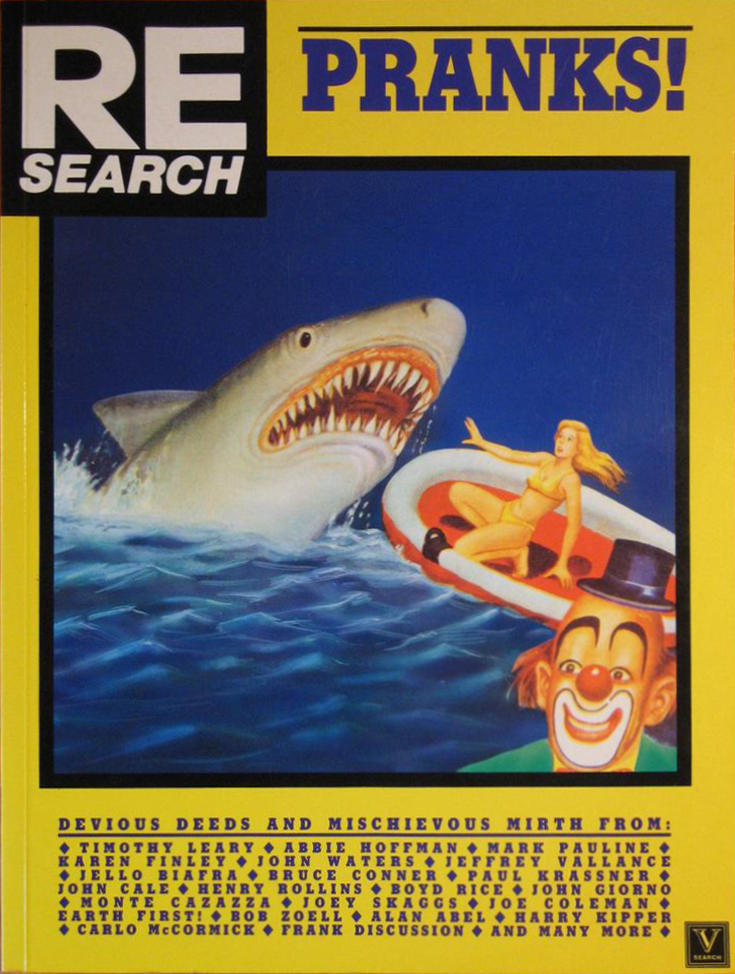

Only Joking
by Jimmy Carr and Lucy Greeves
If there is a book on comedy theory (that you’d actually want to read) this might be it. Analysis of the history of comedy, different theories about what makes us laugh, and lots of jokes.
Sataristas
Edited by Paul Provenza and Dan Dion
First hand interviews with comedians of all kinds. Many valuable insights that, with a little creativity, you can apply to your practice.


Truth in Comedy: The Manual of Improvisation
by Charna Halpern, Del Close, et al
If you take a class in improv, they’ll probably tell you to read this. Or they should. Covers some key ideas that can be helpful: agreement, building a scene, working at the top of your intelligence, and “truth in comedy” – a grounding in the truth is more conducive to comedy than entirely fabricated material.
Dead Funny: Humor in Hitler’s Germany
by Rudolph Herzog
There were jokes in Hitler’s Germany – Nazi jokes, resister jokes, Jewish jokes. This book provokes us with the question; as many subversive jokes as there were in Nazi Germany, what impact did they have?


Open Utopia
by Thomas More, edited and introduced by Stephen Duncombe.
The book that named the practice — much more interesting and politically useful than you might remember from High School.
Hope in the Dark
by Rebecca Solnit
Keep handy for when you’re feeling negative about your work. This got Steve Lambert through the disappointment of the 2004 election.


Promoting Nutrition and Physical Activity Through Social Marketing
by Rina Alcalay and Robert A. Bell
Dry, but loaded with information.
Getting Things Done
by David Allen
Yes, it’s aimed at a business demographic. Yes it’s a sort of self-help book. But damn are there ever good ideas in it.


The Now Habit
by Neal Fiore
If you have even the slightest tendencies of a perfectionism or procrastination (and who doesn’t?) the insights in this book are incredibly helpful.
Oblique Strategies
by Brian Eno and Peter Schmidt.
A deck of cards, each card offering an aphorism intended to help artists (particularly musicians) break creative blocks by encouraging lateral think


Dream or nightmare: reimagining politics in an age of fantasy
by Center for Artistic Activism’s Stephen Duncombe
What can artistic activists learn from Las Vegas, video games, celebrity magazines and advertising? A lot. Center for Artistic Activism’s co-founder teaches how to create an “ethical spectacle”
How to Be an Explorer of the World
by Center for Artistic Activism board member, Keri Smith
Written to help cultivate creativity in people of all ages. No pretenses and a low barrier to entry.


You Are Not So Smart -and- You Are Now Less Dumb
by David McRaney
David McRaney’s books on self-delusion called “You Are Not So Smart” and “You Are Now Less Dumb” both offer a very accessible introduction to “discover the wonderful ways you delude yourself every day and enjoy a healthy dose of humility.”
Thinking Fast and Slow
by Daniel Kahneman
An international best seller and winner of several awards, this book helps get clarity on how humans think, make decisions, and evaluate change. Kahneman is the scientist behind the research, and does a great job at explaining the concepts and staying engaging.


Don’t Think Of an Elephant! Know Your Values and Frame the Debate: The Essential Guide for Progressives
by George Lakoff
How morals and values guide even our most “rational” political decisions. An accessible introduction to this important field.
The Conservative Psyche: How Ordinary People Come to Embrace Paul Ryan’s Cruelty
by Joshua Holland
A good, quick interview of cognitive theory and its importance in understanding why people hold the political ideas that they do.


The Unpersuadables: Adventures with the Enemies of Science
by Will Storr
Very readable overview on why facts don’t work. Storr covers how “the stories we tell ourselves about the world invisibly shape our beliefs, and how the neurological ‘hero maker’ inside us all can so easily lead to self-deception, toxic partisanship and science denial.”
The Political Brain: The Role of Emotion in Deciding the Fate of a Nation
by Drew Westen
A psychologists look into how emotions guide our political beliefs and decisions. Useful in thinking about and directing the affective power of creative activism.


Pedagogy of the Oppressed
by Paulo Freire.
A book that changed the game by insisting that educators (and organizers) need to meet people where they are.
The Strategic Questioning Manual
by Fran Peavey
A great shift in perspective on how we approach audiences, and how we can use respect and questions (instead of providing answers or challenges) to be more effective.


Theatre of the Oppressed
by Augusto Boal.
Translating Freire’s ideas to theatre, and using performance for social change.
The Moral Equivalent of War
by William James
Classic essay by the great philosopher and psychologist on how we must understand and respect — and appropriate — the good desires that motivate people to do bad stuff.
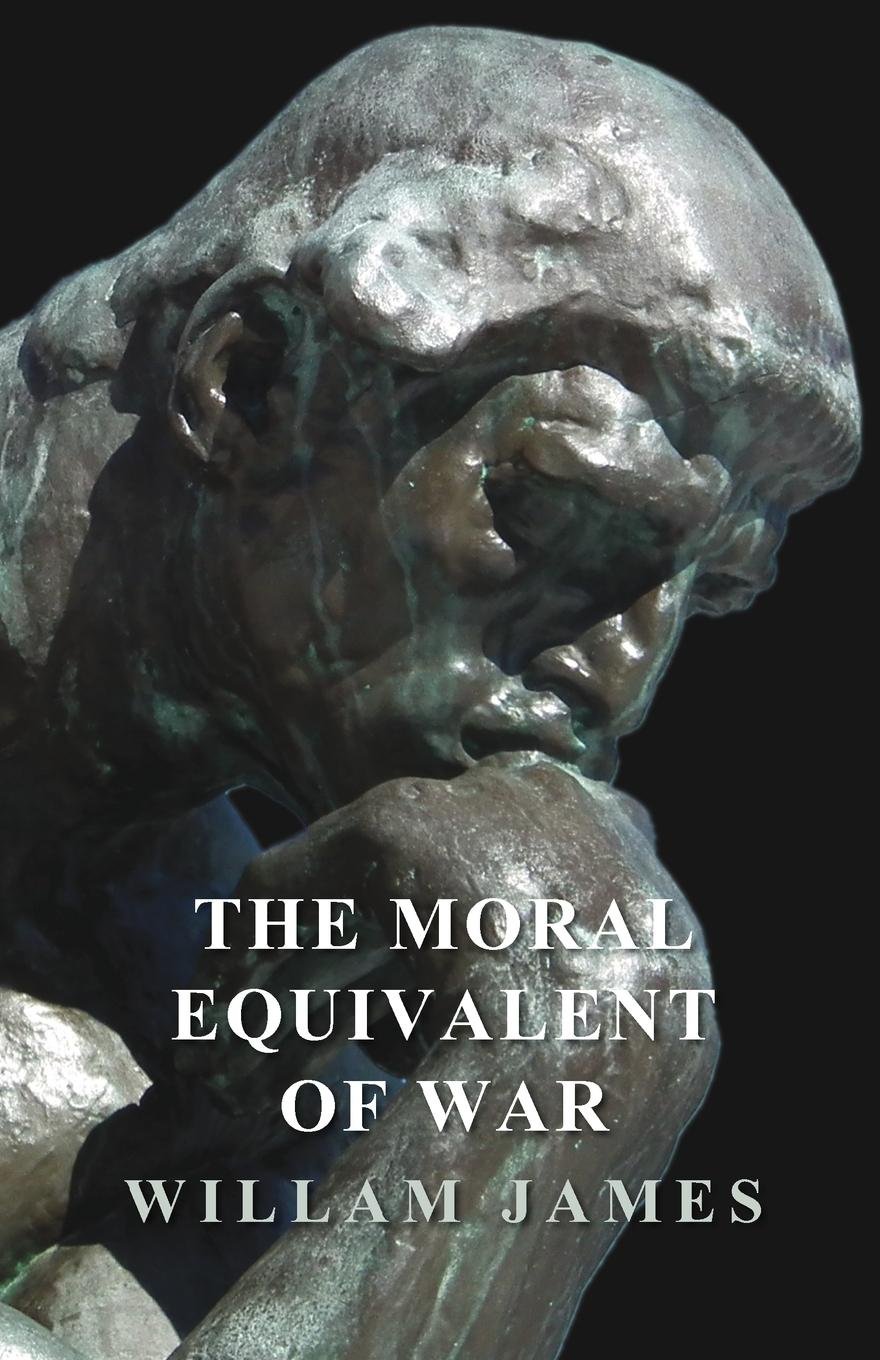

Electoral Guerilla Theatre: Radical Ridicule and Social Movements
by L.M. Bogad
From our own West Coast branch director, an important book on how activists have hijacked the electoral system as a stage to perform their own of politics.
Rules for Radicals
by Saul Alinsky
Almost 50 years old but still the great guide to organizing. And a fun read too.


“The Gospels” and “Acts,” from the Bible.
You don’t need to be a believer or even approve of religion to appreciate that Jesus was a master creative activist and his apostle Paul was an effective — if opportunistic — organizer. See also Moses, Muhammad, Buddha, et al.
A User’s Guide to (Demanding) the Impossible
by Gavin Grindon and John Jordan
This guide is not a road map or instruction manual. It’s a match struck in the dark, a homemade multi-tool to help you carve out your own path through the ruins of the present, warmed by the stories and strategies of those who took Bertolt Brecht’s words to heart: ‘Art is not a mirror held up to reality, but a hammer with which to shape it.’

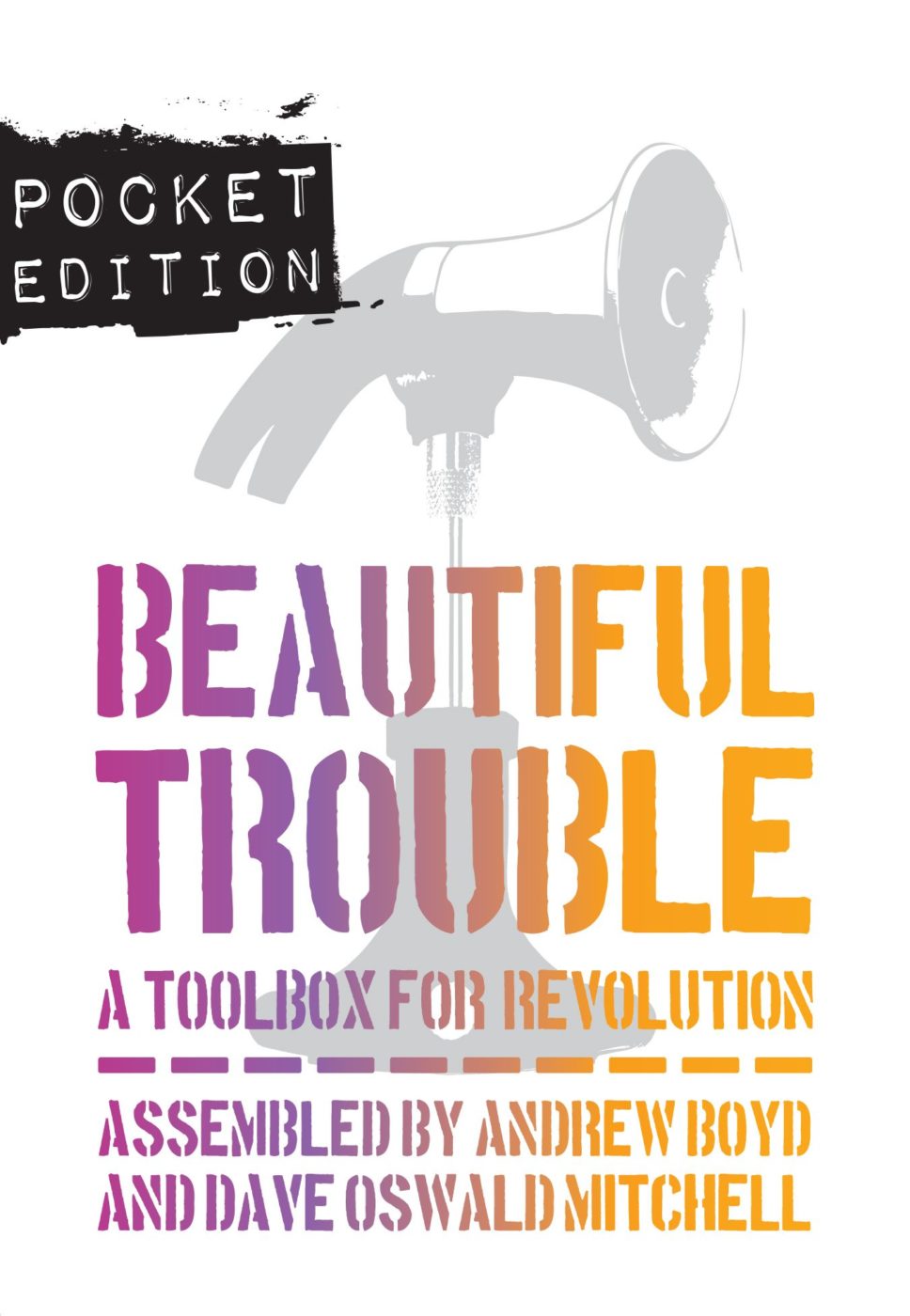
Beautiful Trouble: A Toolbox for Revolution
edited by Andrew Boyd and David Oswald Mitchel
An invaluable collection of examples, theories and case studies for those interested in creative activism.
Re:Imagining Change: How to Use Story-based Strategy to Win Campaigns, Build Movements, and Change the World
by Doyle Canning and Patrick Reinsborough
People like stories. They help us make sense of our world and our place in it. This book shows you how you can use this in your work.


Making Waves: A Guide to Cultural Strategy
by The Culture Group
A smart and simple guide to using culture as part of an organizing strategy for social change, by some really experienced artistic activists, and friends of Center for Artistic Activism like Favianna Rodriguez, Gan Golan, Jeff Chang, and others.
Continuum of Impact
by Pam Korza and Barbara Schaffer Bacon
Super useful tool set for thinking through and assessing the impact of your artistic activist projects from the folks at Animating Democracy


Creating A Life Worth Living
by Carol Lloyd
A practical course in career design for artists, innovators, and others aspiring to a creative life.


The Art of Protest
by T. V. Reed
Simply the best book on the history of art and activism in the United States.
Making Health Communication Programs Work (The Pink Book)
by U.S. Department of Health and Human Services, National Institutes of Health, National Cancer Institute
Shares a couple decades worth of collected knowledge on running public health related campaigns. A detailed and thorough “guide to communication program planning that includes strategy development, testing concepts and materials, implementing programs, and more.”




